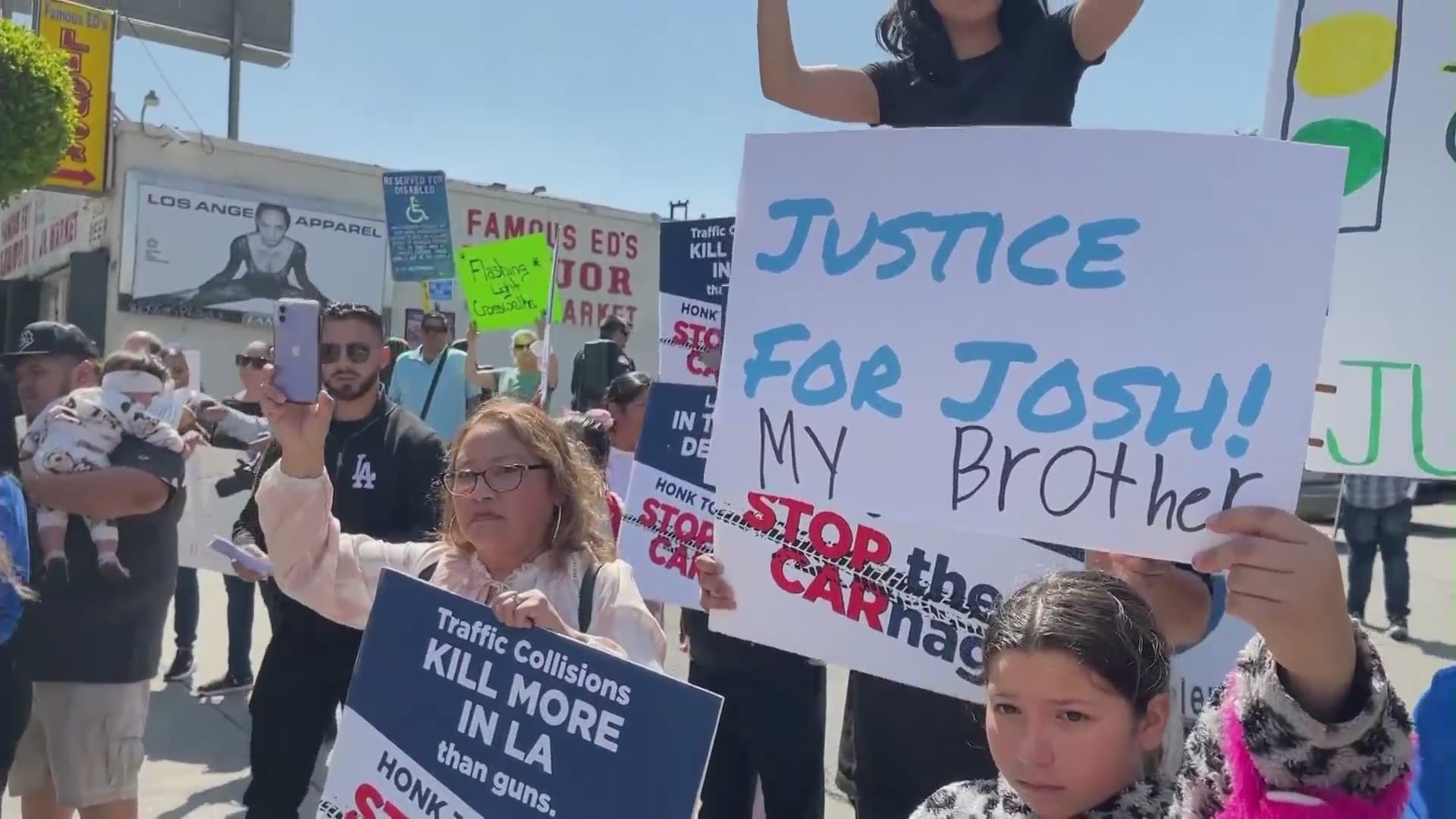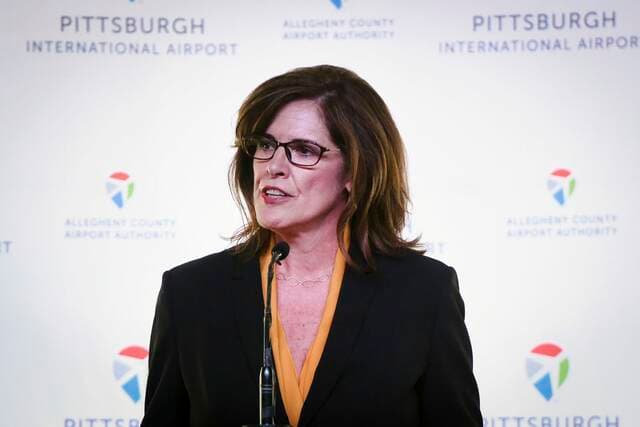St. Paul neighbors demand safer streets after hit and run incident
Neighbors in St. Paul are mobilizing after a hit and run incident today, pressing city leaders for immediate traffic safety measures and greater accountability. Their campaign underscores long standing concerns about pedestrian safety, enforcement, and the role of local government in protecting neighborhoods.

Residents across St. Paul are coalescing around a single demand today, calling on city officials to do more to prevent traffic violence after a hit and run incident that has renewed public alarm. Neighborhood groups, faith leaders and ordinary commuters say the episode is symptomatic of broader problems with street design, enforcement and municipal responsiveness that leave pedestrians and cyclists vulnerable.
Community advocates are urging a range of responses, from stepped up police investigation of the hit and run to long term engineering changes aimed at slowing traffic and improving crossings. They say these measures should be coupled with clearer reporting from city agencies about crash trends and a transparent timeline for action. For many residents the issue is not isolated, but part of a pattern of daily risk on streets that serve schools, parks and transit lines.
The debate unfolding in St. Paul mirrors policy discussions in other cities about how best to reduce traffic fatalities and injuries. Transportation experts typically point to three levers, enforcement, infrastructure and education, each of which raises trade offs. Increased enforcement can deter dangerous driving, but enforcement practices often raise concerns about equity and selective policing. Engineering changes such as narrower lanes, raised crosswalks and curb extensions can provide durable safety benefits, but require capital investment and months or years of planning. Public education campaigns take time to affect behavior.
At the municipal level responsibility is spread across departments and elected officials, complicating swift action. The police department leads crash investigations and enforcement, public works oversees street design and traffic calming, and the city council controls capital and operating budgets. Advocates say coordination among those bodies, paired with clear public reporting, is essential for both immediate and long term gains.
The dispute is likely to sharpen civic engagement in coming months. Traffic safety has a practical connection to voter behavior, influencing turnout for local races and sparking grassroots organizing. Neighborhood groups say they plan to press the city council and transportation planners at public meetings, and to elevate the issue in upcoming community forums. That mobilization could reshape priorities for municipal spending and reshape how officials measure progress on safety.
Local media coverage today also highlights a wider sense of community life in the Twin Cities, with human interest pieces on an Anthony Edwards superfan, children from Hope Kids enjoying a special night, and a Minnesota college launching a women s flag football team. Reporters say those stories coexist with the urgent safety conversation, reflecting both the vibrancy and the vulnerabilities of neighborhoods.
For residents who navigate St. Paul s streets daily, the immediate concern is practical and personal. They are asking city leaders for concrete timelines, measurable goals and accountable oversight so that the next traffic tragedy can be prevented rather than mourned.


